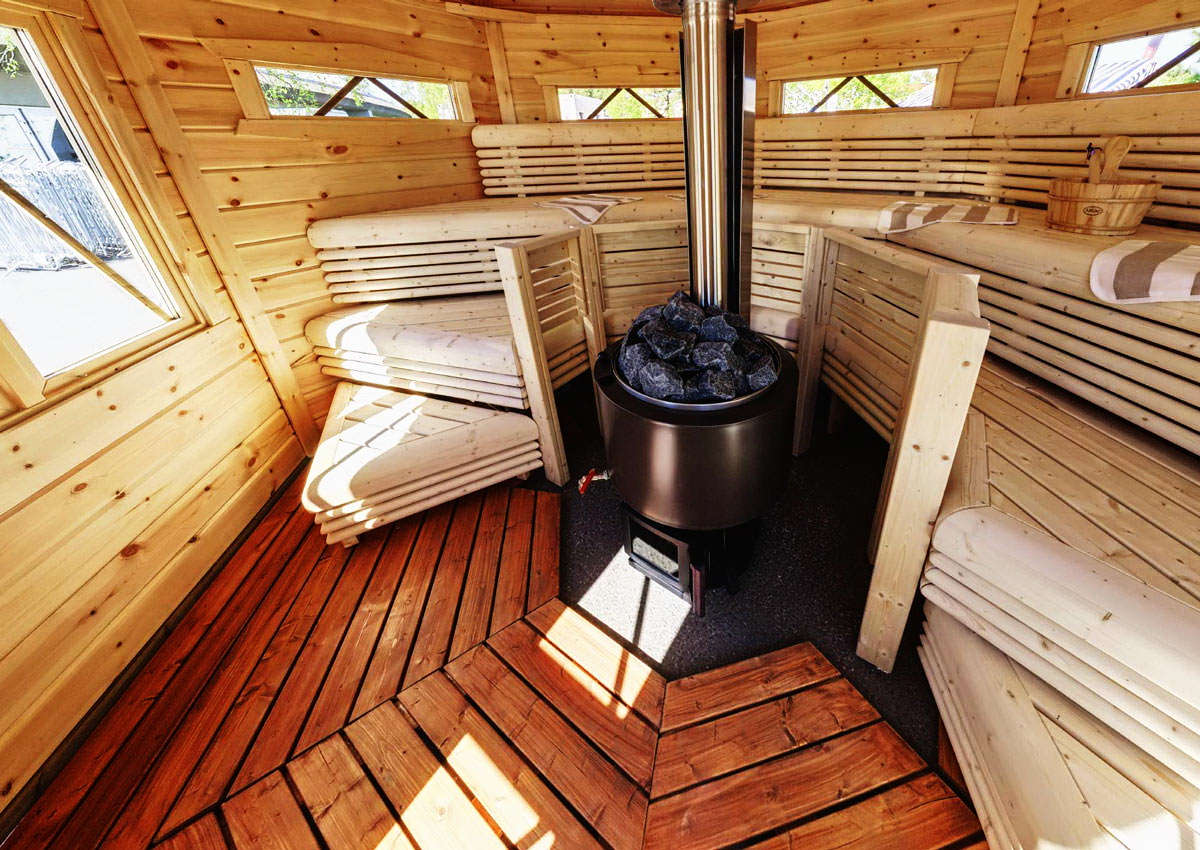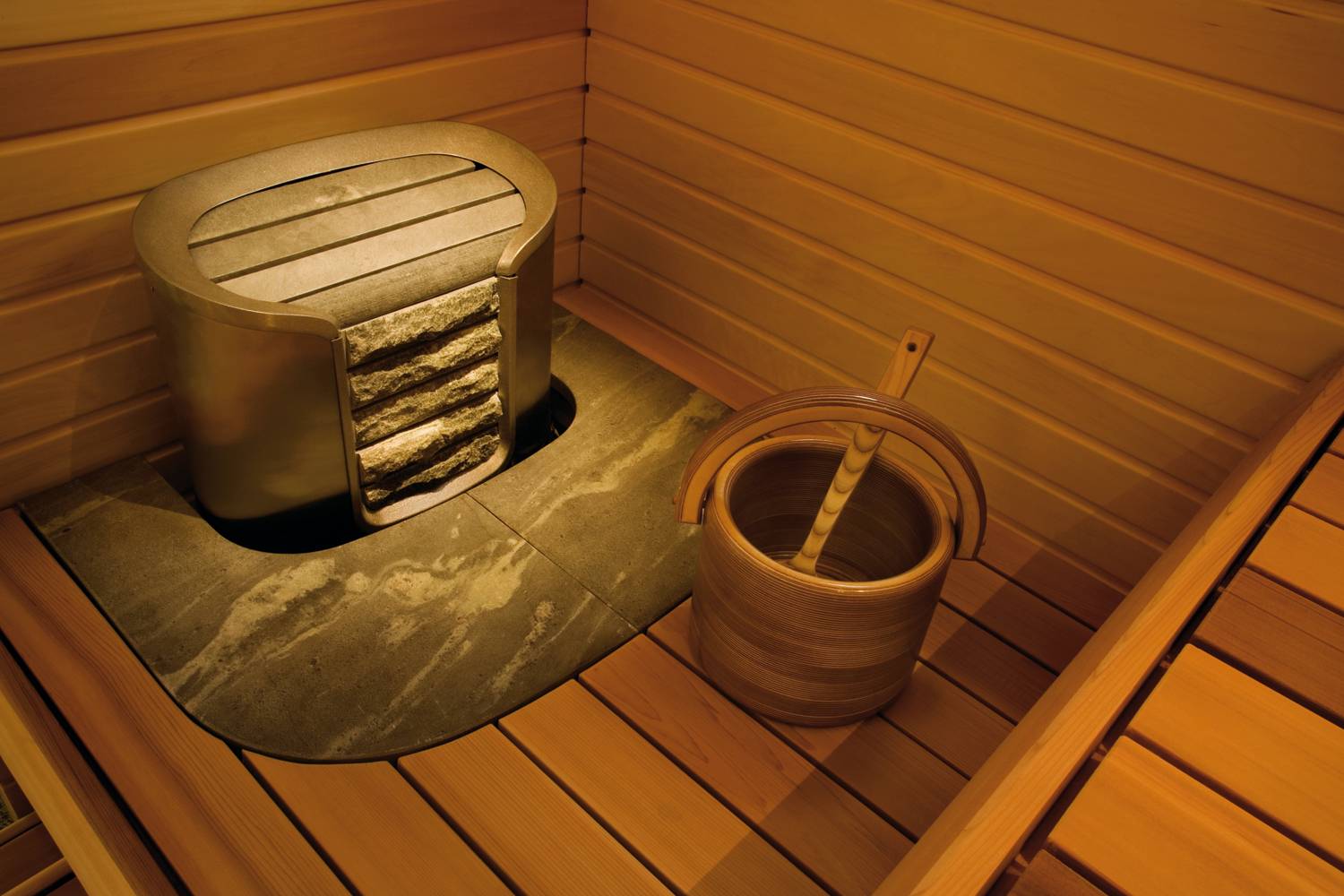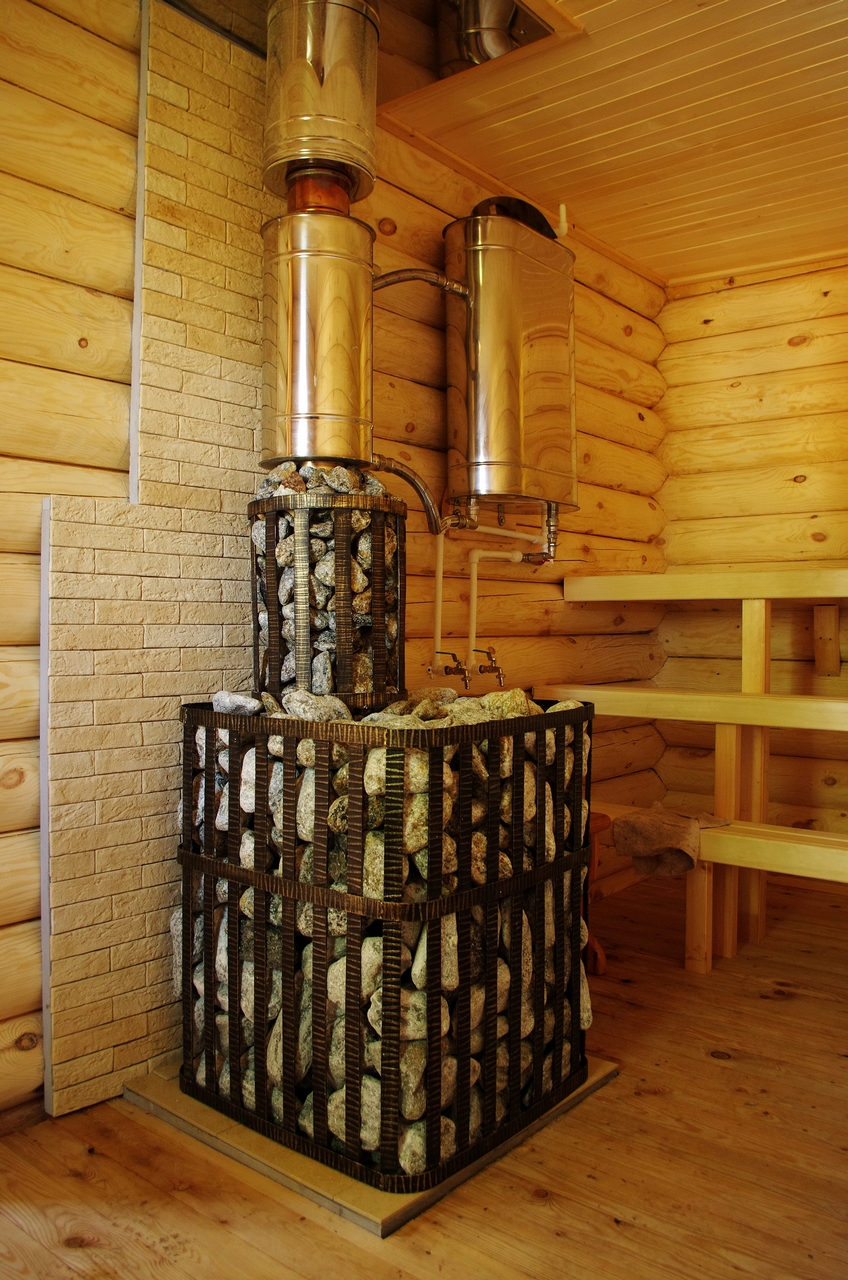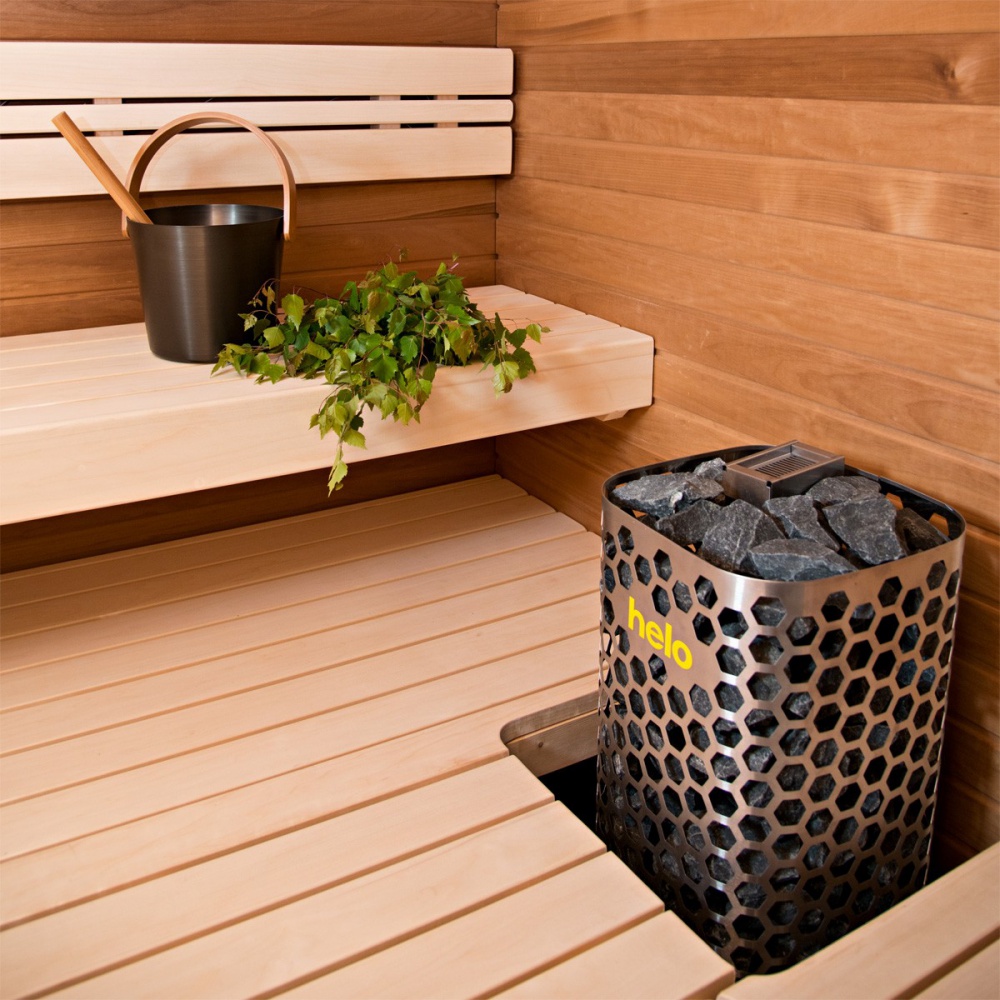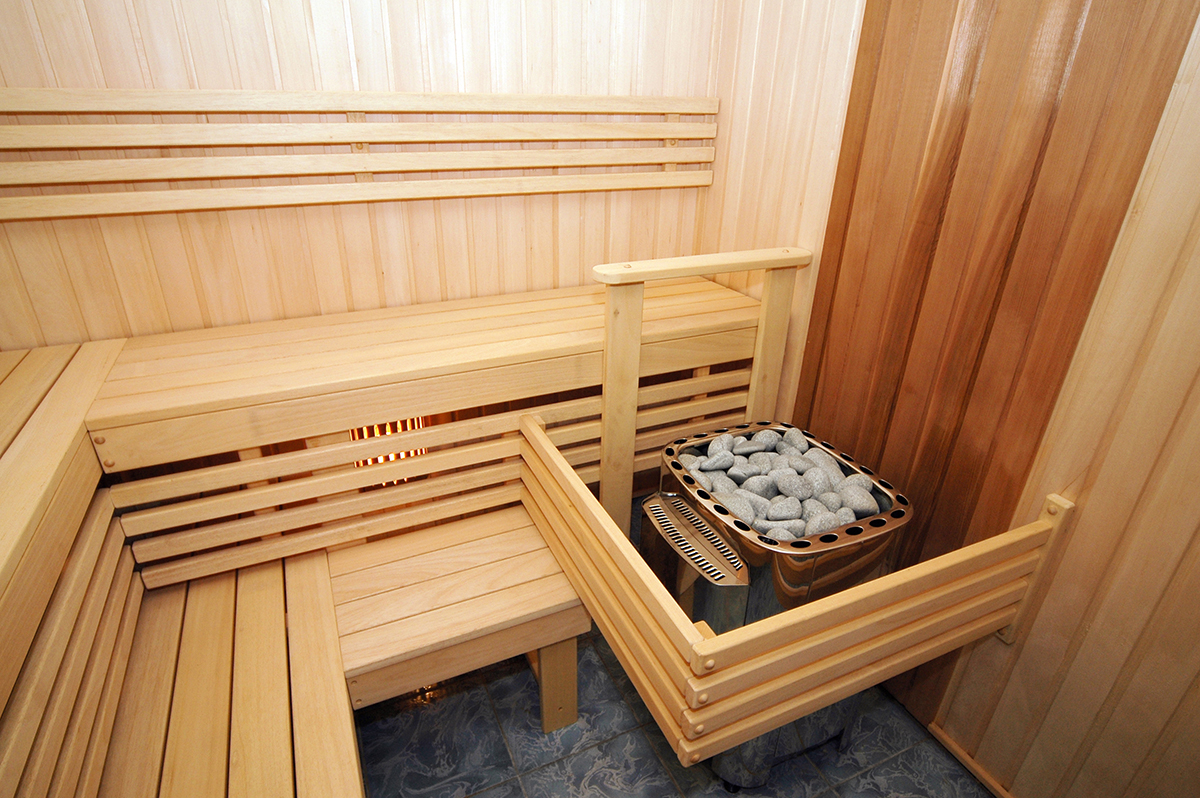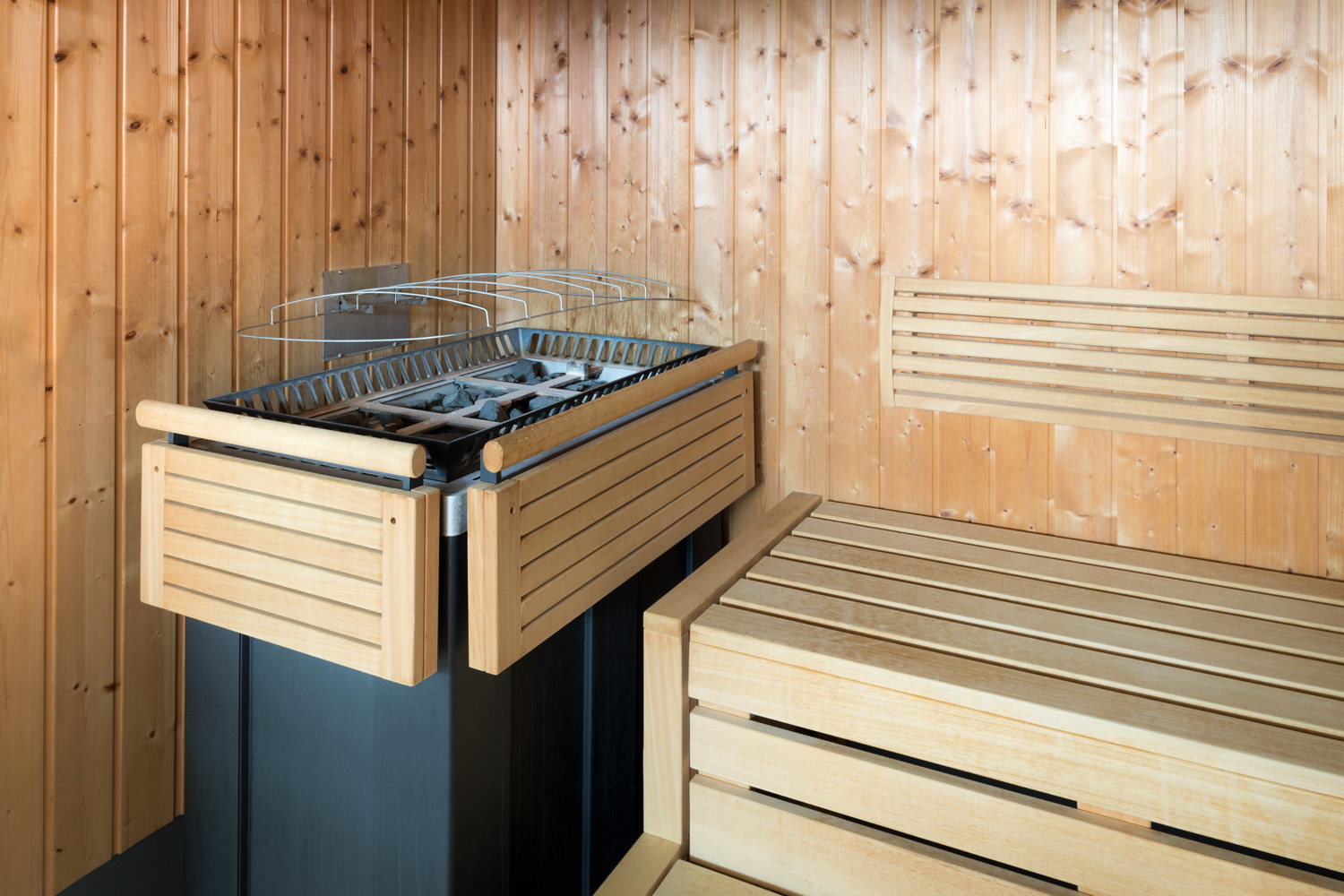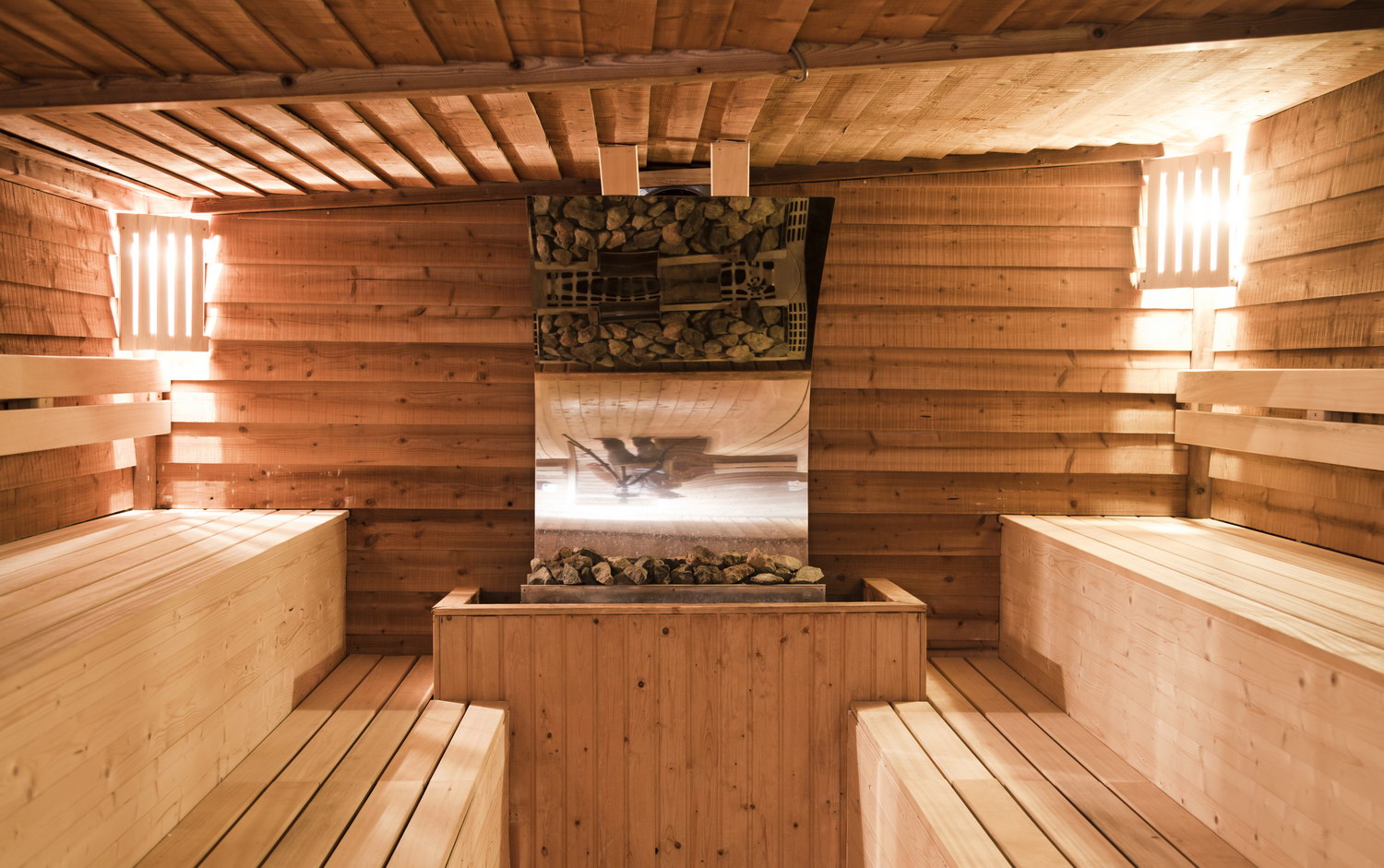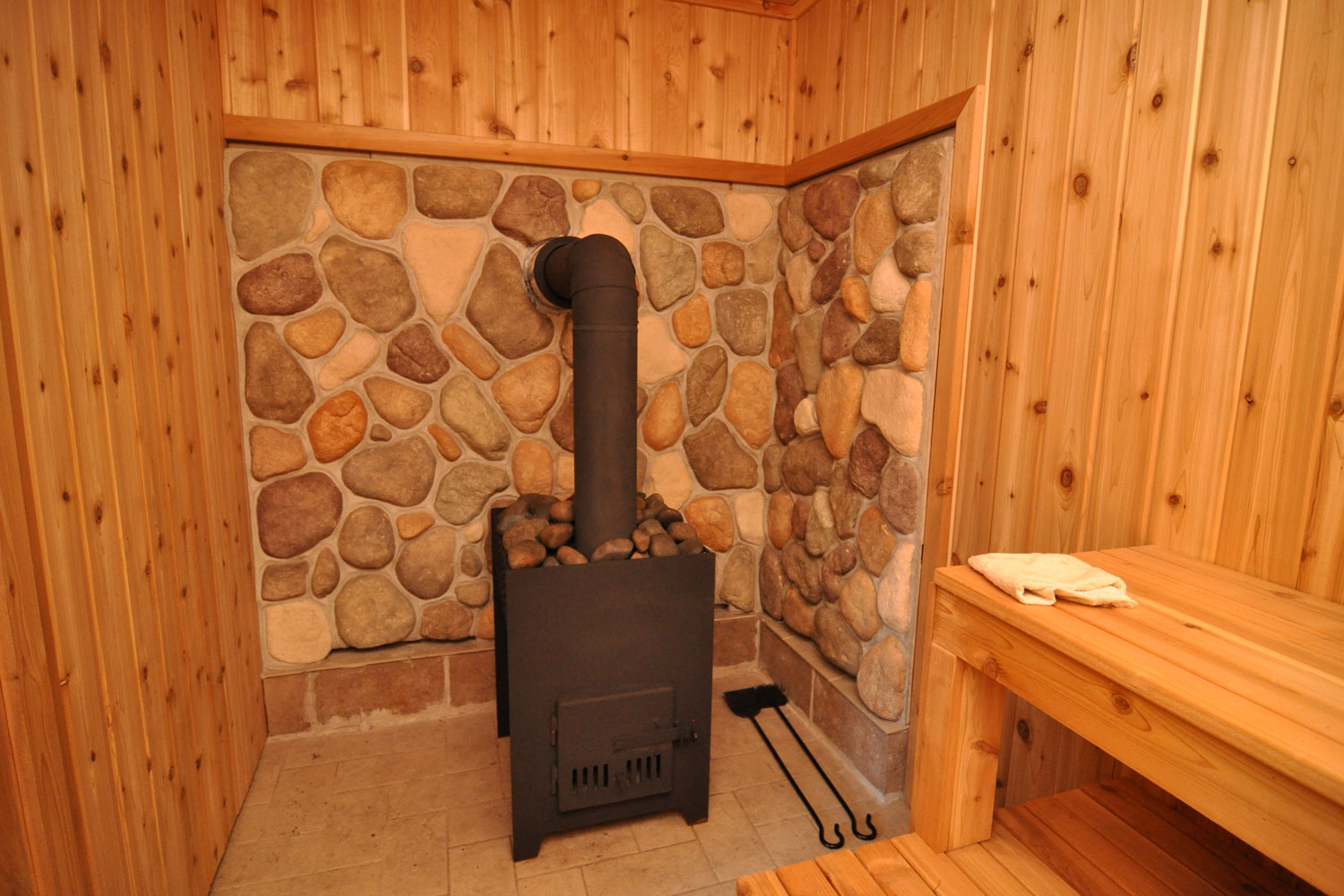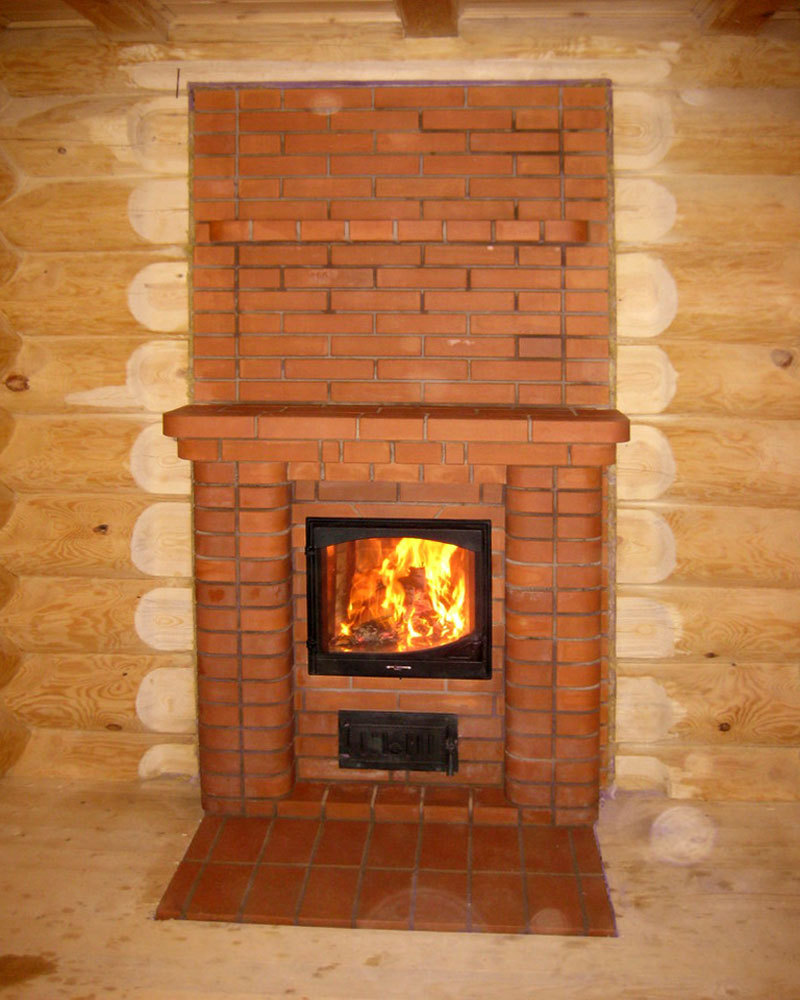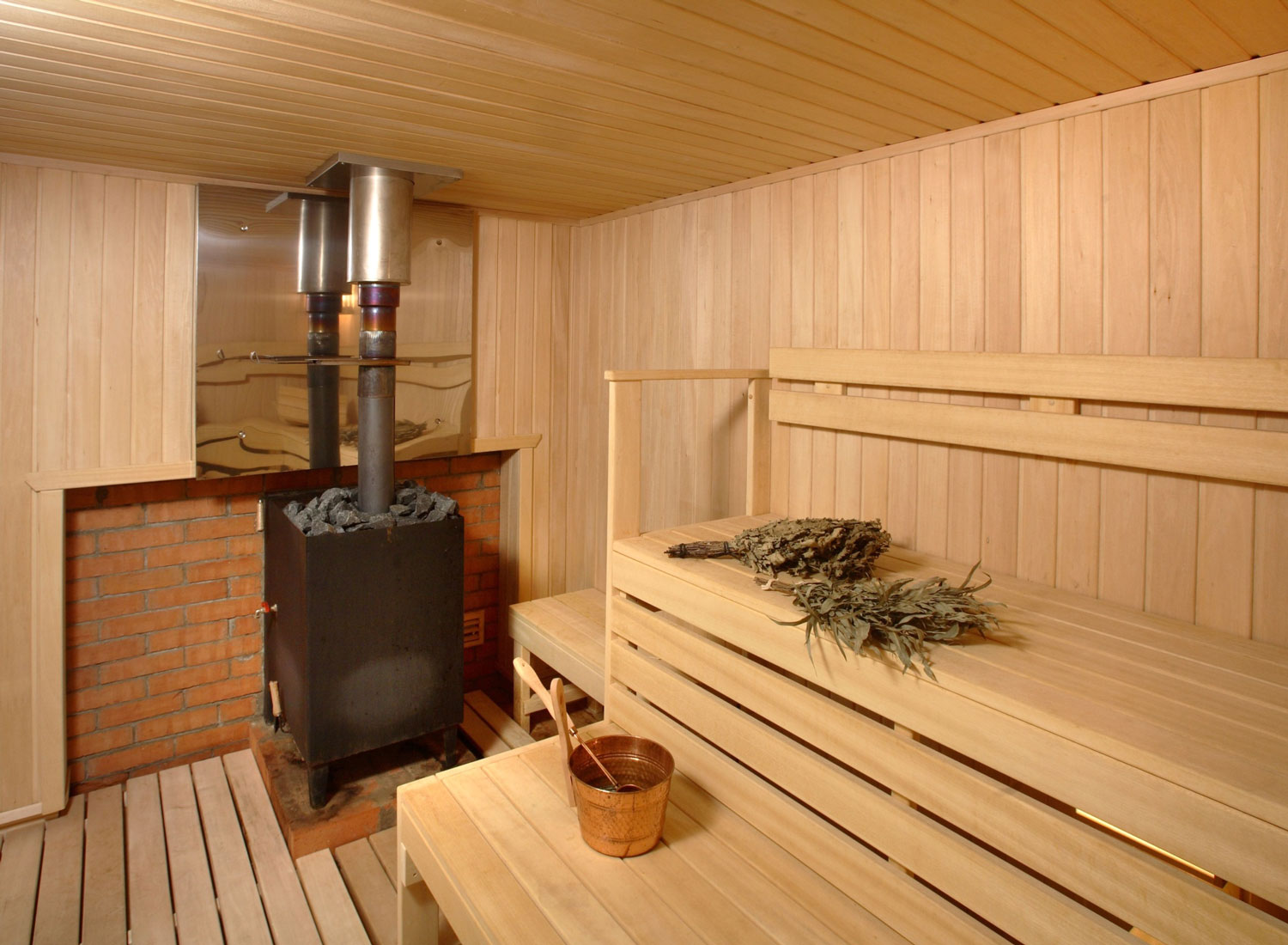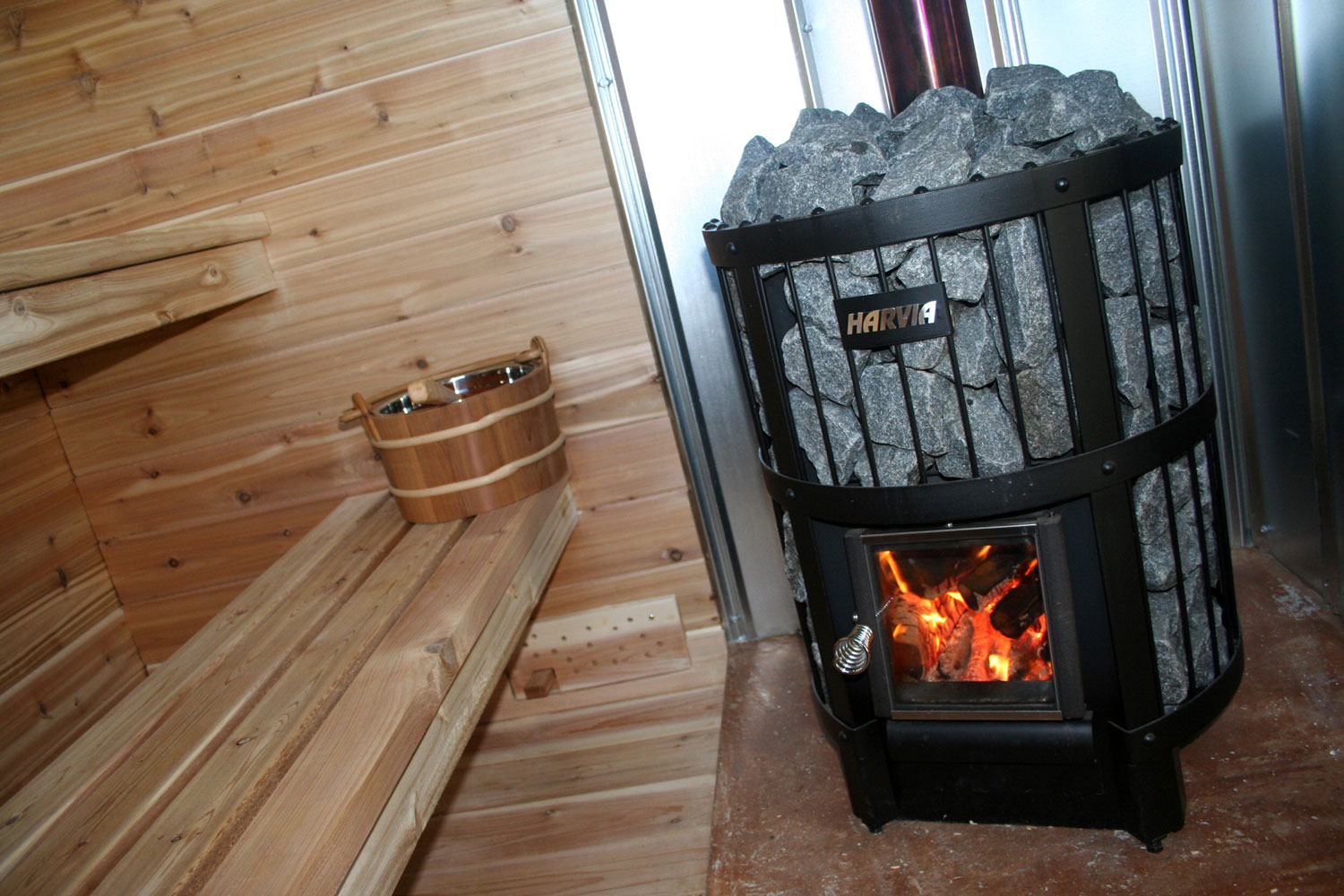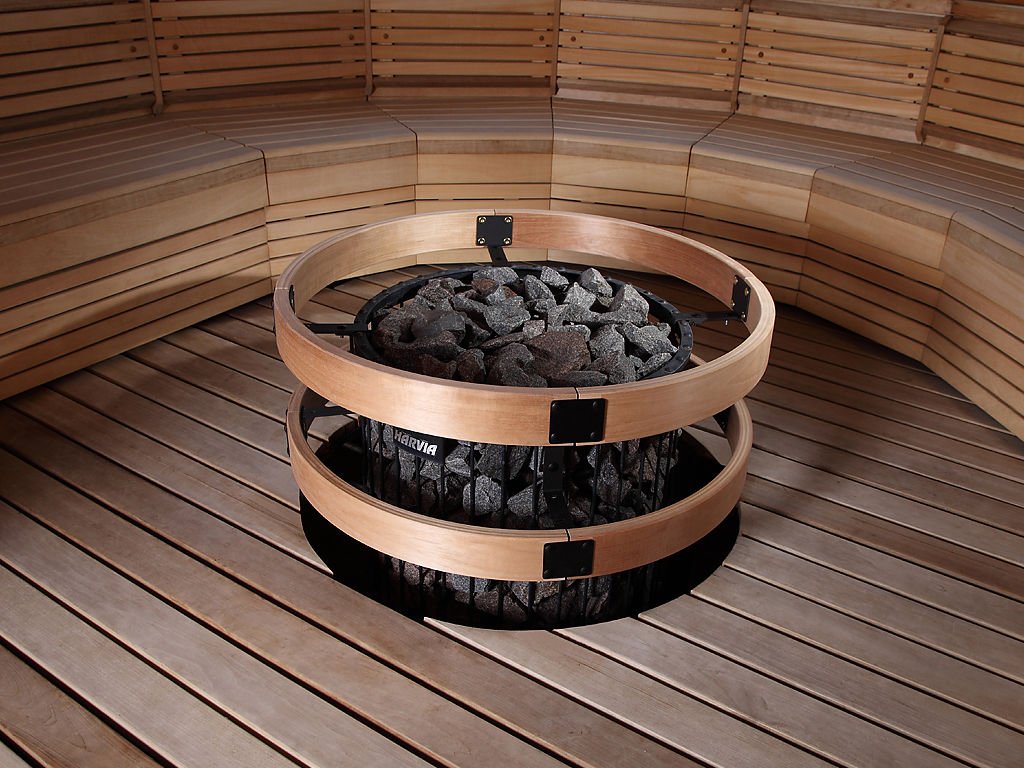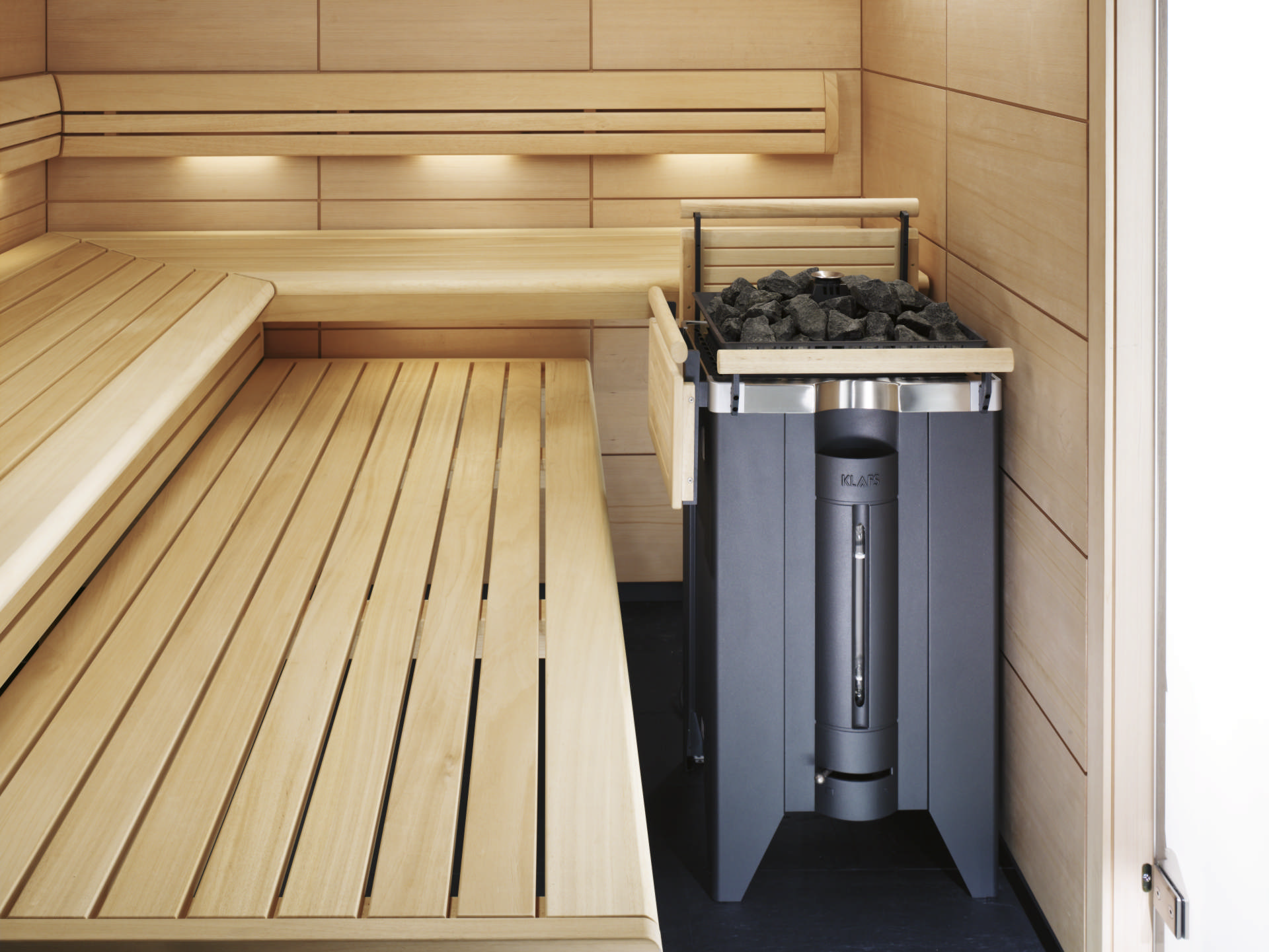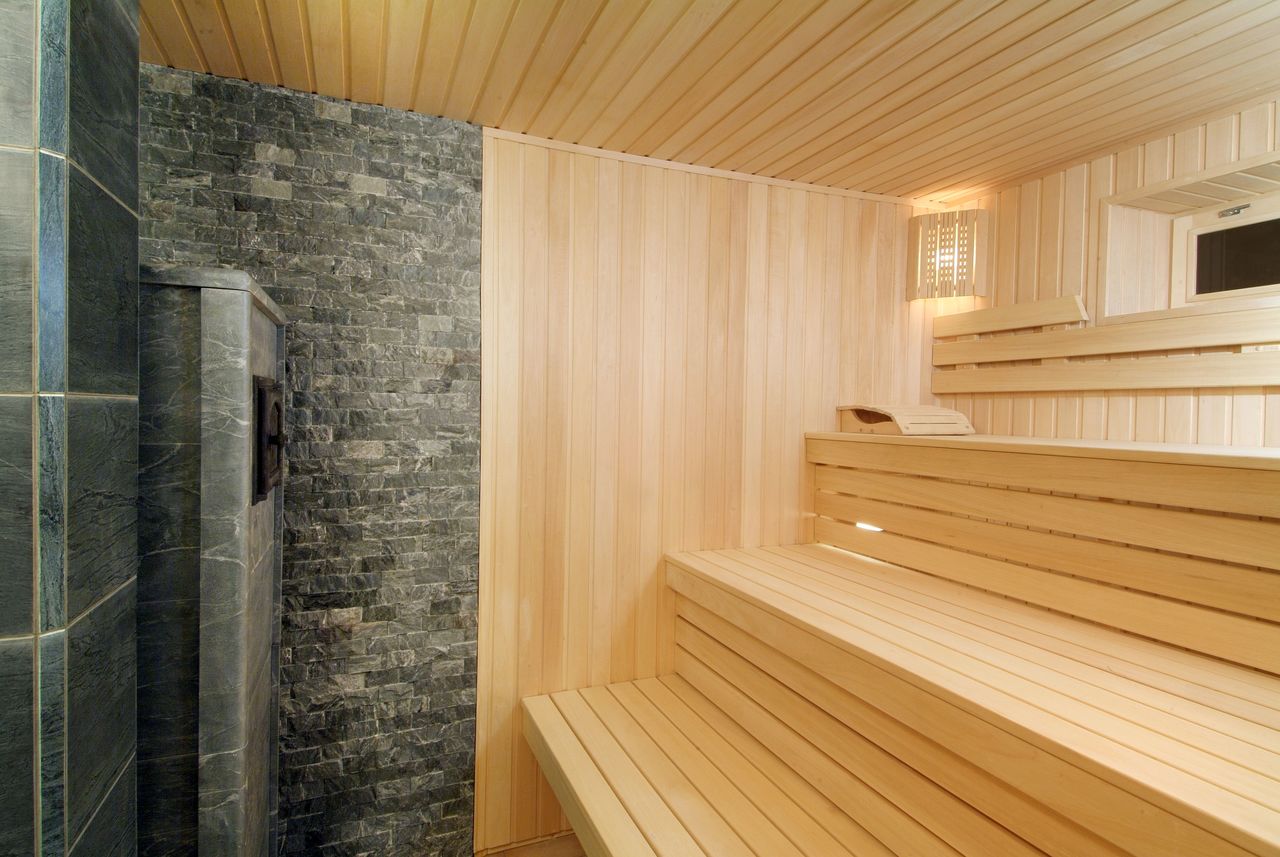What stove to choose for a bath: professionals advise
Content
Visiting the steam room for many is not just a wellness procedure, but a whole solemn ritual. Not a single fan of her will refuse a private bath. Which oven to choose for a bath in a particular case, to determine the most suitable option, we will consider further.
What is the stove heated with?
Stoves for a bath differ depending on the fuel used: firewood, gas, electricity. This factor affects the performance, design, scope of use of the furnace.
Wood burning
Time-tested classic, popular today. Specialists and fans-bath attendants consider such models to be the best both for the Russian bath and for the sauna.
A traditional wood-burning stove includes a firebox, a tank for heating water, a compartment for stones. A simple but rational design is complemented by cheap fuel: any woodworking waste (firewood, wood shavings, briquetted sawdust). In addition, the operation of the furnace does not depend on the availability of electricity. Another plus is the special atmosphere from the presence of live fire and the long maintenance of the set temperature.
Cons: the cost of tunneling, the need for regular cleaning of the chimney, the lack of control of the process from the inside, increased fire hazard.
Gas
Fans of progress choose such models because of comfort, compactness, environmental friendliness, ease of maintenance and operation. In fact, this is the same boiler that heats stones instead of water. But there are also disadvantages: gas, natural or bottled, requires increased security measures, exact observance of the rules during the installation process; to install the unit in the house you need a special permit of the gas service. Mandatory chimney for the removal of combustion products.
However, all difficulties or limitations are compensated by temperature control and rapid heating of the room. At cost, gas is more expensive than firewood, but cheaper than electricity.
Electric
The most compact, convenient and expensive option. For heating, a heater (thermoelectric heater) is used. It can be ceramic or metal, wall or floor. If possible, choose an electric furnace with a double casing. In this embodiment, the outer coating is heated to less than 30-40 ° C, which virtually eliminates the possibility of burns. Another plus is fast, high-quality heating of stones and premises, the uselessness of the chimney, the absence of combustion products, and automation of the process. Minus - the cost of laying a powerful electrical wiring, proper ventilation, overconsumption of expensive electricity (1 kW per 1 cubic meter of room), problems due to interruptions in power supply or in its absence.
Open or closed
Kamenka is the best stove for a Russian bath. Smooth, different in size cobblestones accumulate heat. It is known that heated or even incandescent stone remains so for a long time.
Heaters are open or closed. Both have advantages and disadvantages.
- Open-back oven. The air in the steam room is heated from hot stones to 250 ° C, heating and cooling occur quickly, maintenance is simple, and the fuel can be any. It is chosen for private baths, designed for a small number of visitors and infrequent use.
- Closed ovens are suitable for intensively used bath houses with a large number of people. They are more powerful, so they are installed in solid brick buildings, not wooden ones. Their design eliminates burns, heats stones better, but heating takes longer.
Firebox: which is better?
In baths use conventional or elongated furnaces. A furnace with a standard design furnace is heated from the room to be heated.
The elongated design makes it possible to lay fuel from an adjacent room: a dressing room or a relaxation room. Such models for a wood-fired bathhouse are fireproof, eliminate the pollution of the steam room and the risk for visitors to accidentally burn themselves. But the cost of laying the tunnel is required.
Bath stones
The stones with the stove heat the bath, so you need to select them consciously. First of all, they must be absolutely whole, smooth, without chips, pores, cracks. Such flaws can be torn apart by a stone watered with water, fragments of which can injure visitors. It is better to take small round specimens with a diameter of five to seven centimeters, because this way the air circulates between them more easily. Talcochlorite, jadeite, black basalt, raspberry quartzite, diabase are suitable.
Each model has its own scales.
The correct solution to the question of how to choose a stove for a bath implies that its power matches the volume of the room. Power is indicated in the instructions for the device, and the volume is calculated by multiplying the length by width and height. Next, the area of windows and doors is calculated (by multiplying the length by height). Each square meter received is plus one cubic meter to the total volume of the room.
What is attractive metal furnace?
The material is cast iron, steel or their alloy. Cast iron bath stoves are durable, reliable, and heat up quickly. In steel analogues, the walls are thinner, not so heat-resistant, so significant temperatures can melt them. Self-respecting firms offer stainless steel products with an admixture of chromium.
The metal furnace is chosen taking into account the size of the bath: it is better suited for small private steam rooms. It maintains temperatures up to 120 ° С, and with solid fuel up to 140 ° С. In the sauna, it is filled with stones to a minimum, in a Russian bath - to the eyeballs.
When deciding how to choose a furnace for a bathhouse and choosing between metal and brick for its arrangement, one should take into account the advantages of metal furnaces: they are cheaper, stronger, more mobile, more compact, with less time-consuming and complicated installation. Their efficiency is higher, the air warms up faster, so the room is hot, but not too humid. The disadvantages are increased fire hazard, rapid cooling, the risk of thermal shock.
The wood-burning stove for the bath by all the rules
There are many admirers of the traditional model of the stove, which is heated with wood. They are interested in how to choose a wood stove for a bath properly. This is easy to do, given several key criteria:
- steam room dimensions;
- steam quality;
- convection;
- furnace tunnel.
Steam
The bath requires “light steam”, that is, not too overheated air (optimally 85 ° C for the steam room). To get it, water is poured onto stones heated to 500 ° C. In this case, the steam room will be 100-120 ° C, it happens more. But an attempt to disperse the steam will only lead to noticeable burns: both the body and the respiratory tract will suffer.
The problem is solved by units with a steam generator - a metal container mounted on the side of the furnace. They heat up faster than stones, so you can glow stones to the desired level. Then the water falling on them will give the “correct” steam, healing and safe, and the room will warm up faster. Even the owners of small private baths should get such a useful thing.
Convection
A stove having this option creates streams during operation that spread heated air throughout the room, thereby warming it to a predetermined temperature.The temperature is equalized from floor to ceiling, so freezing legs with an overheated head are excluded. In addition, mixing the layers of air warms the steam room faster. It is better not to buy appliances without convection for a wood-fired bath, since the room will warm up for hours. When choosing a furnace model, pay attention to whether there is a gap between the furnace and the stone container. It provides the effect of convection.
The combustion tunnel is necessary for several reasons:
- The combustion process in a wood-fired sauna stove requires a continuous flow of air. But it is necessary for people, so spending it on burning is unwise.
- Excluded dirt, soot in the steam room.
- A furnace operating directly in the steam room violates the ventilation system: air continuously goes into the furnace.
- The tunnel is equipped with a window through which the fire is clearly visible. The atmosphere is becoming more comfortable, and artificial light does not need to be turned on.
Connoisseurs advise heating the bath with hardwood, such as birch. Conifers are undesirable because the resin in their wood forms a lot of soot when burned.
Sauna stove
The difference between a Russian stove and a sauna is that there is no thick steam in the sauna, because at high temperature water does not pour on the stones. It is suitable for regions with a humid cold climate. In order to understand how to choose the right type of furnace for a bathhouse, it should be borne in mind that in the sauna we use exclusively the so-called “dry steam”, that is, air with a humidity of not more than 20 percent, and the temperature reaches 150 ° C.
The ideal stove in the sauna is a steam room in which at least 45 ° C at floor level and 80 ° C under the ceiling; about 100 ° C on the top shelf are desirable. An elongated firebox and an open heater are suitable for a sauna.
You can choose a sauna stove from brick or metal.
Brick firebox is built on the foundation and is made exclusively from refractory material. Such furnaces warm up quickly and hold heat for up to nine hours. Good for large rooms, safer than metal in terms of fire. The disadvantages are a long time for kindling (sometimes up to four hours), a larger occupied space, costs for a construction specialist.
Metal are compact, safe, with good heat dissipation and fast heating. They can be easily moved from place to place. In more expensive designs, the walls are double, so water can be heated between them. If an electric model is selected, it is loaded with stones at a minimum.
Cold saunas are usually installed in the sauna. During their operation, hot air enters through the circulation channels, and the furnace body is heated to a maximum of 45 ° C.
Hand-made stove heater
Making a stove-stove on wood yourself is not so difficult. The simplest option is an iron barrel. Her bottom and lid are cut off, after which part of the space is laid by bricks laid on the edge. The grate-grate is fixed on them, and the remaining space is filled with stones. A chimney is installed and covered with a lid. Kamenka is ready.
How not to make a mistake when choosing a stove?
The market is full of offers for every taste, request, budget. It is not surprising that it is difficult for an inexperienced person to understand all this abundance.
What you need to remember when choosing a model of a furnace for a bath:
- Before buying, get acquainted with the manufacturer, read reviews; study the main parameters, operating conditions of the selected model;
- consult with a familiar bath attendant or consult a specialist;
- if possible, choose the option that is most suitable for your conditions, and not the cheapest;
- consider the frequency of use of the furnace, load, temperature level, type of fuel;
- really correlate your capabilities with those required by the instructions: installation of the chimney, compliance with the power that the electric furnace assumes, and the maximum load of the available power grids;
- When buying a stove, immediately take care of the heat shields near it: the wooden structures of the bath are not designed for high temperatures;
- Do not follow thoughtlessly advertising tips: it speaks only about the merits of the goods; take your time to make the final choice: the oven for the bath is not a box of chocolates, but the process of installing a new appliance if you make a bad choice is a troublesome, expensive business.
Choose a model based on the first requirements of safety, rationalism. But the bathhouse is also a place of pleasant pastime, so listen to your own preferences.
